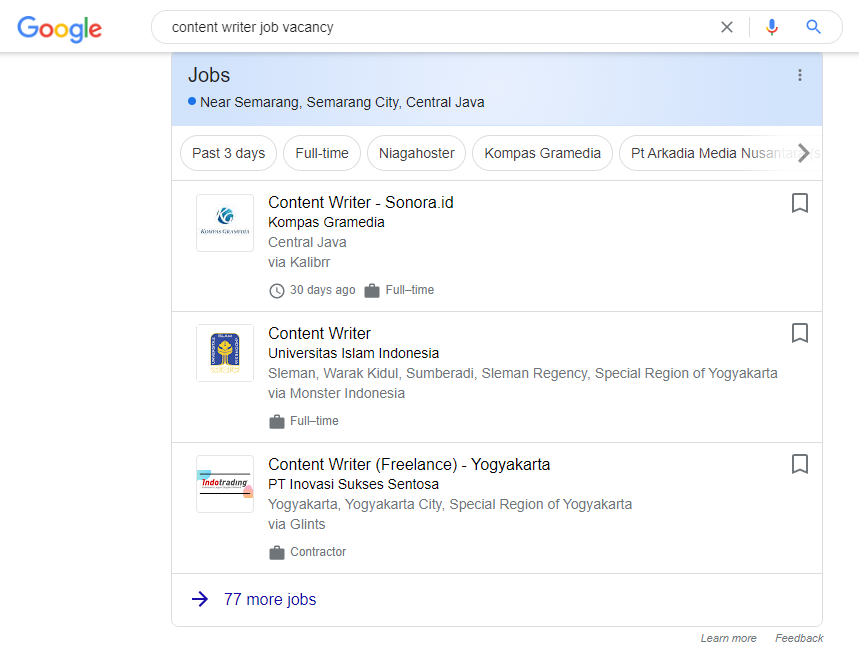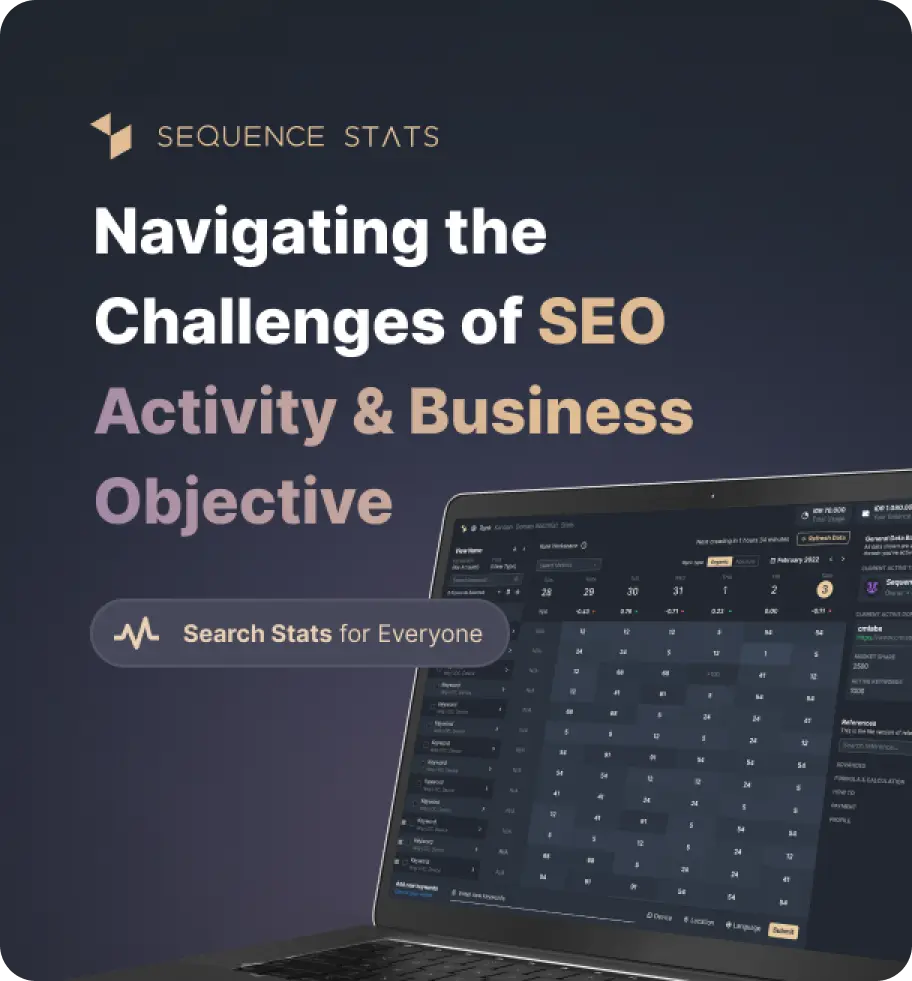Job Posting
In this latest version of the Job Posting Schema Generator tool in JSON LD, you can create a so-called Global Snippet and attach it to all your work pages automatically. You can also preview. This will help you to see how your Job Posting will appear in search engines. This allows you to do some editing before uploading to search engines. We hope that this tool will help you find candidates according to specifications.
In this latest version of the Job Posting Schema Generator tool in JSON LD, you can create a so-called Global Snippet and attach it to all your work pages automatically. You can also preview. This will help you to see how your Job Posting will appear in search engines. This allows you to do some editing before uploading to search engines. We hope that this tool will help you find candidates according to specifications.
What's New
Last update Oct 13, 2023
30 Tools for Countless Solutions! cmlabs has reached a remarkable milestone with the release of 30 cutting-edge tools designed to empower businesses and individuals in the digital realm. All 30 tools, from Test & Checker, Sitemap.XML, and Robots.TXT to various JSON-LD Schema Generator, have been launched to address specific needs and challenges across diverse industries. Together with cmlabs tools, you can stand at the forefront of technological advancements. Try our tools based on your needs now!
Notification centerSEO Services
Get a personalized SEO service and give your business a treat.
Digital Media Buying
Get a personalized SEO service and give your business a treat.
SEO Content Writing
Get a personalized SEO service and give your business a treat.
SEO Political Campaign
Get a personalized SEO service and give your business a treat.
Backlink Services
Get a personalized SEO service and give your business a treat.
Other SEO Tools
Broaden your SEO knowledge
Free on all Chromium-based web browsers


JSON-LD Job Posting Generator
JSON-LD Job Posting Schema Generator is one of the free tools from cmlabs that serves to create job vacancies schematics. This tool can be used for free by anyone around the globe.
In this tool, you can create a complete job vacancy schema. You only need to input the required data such as job title, job description, your company information, time range, and complete specifications of the job in question.
With this tool, you don't have to bother creating schemas manually. The results that appear after you complete the job vacancy data can be copied and applied directly to your website.
As a company that requires good quality employees, making job postings is the main thing to do. However, please note that you cannot post jobs to Google directly without any schema and hope it will appear as a job posting.
Therefore, you need to post job listings on your website and use structured data so that Google (and other search engines) know that the page contains Job Vacancies. Using this type of schema can help you achieve your main goal which is to better reach potential resources. Thus, the recruitment process will become easier.
Another urgency is, that using a job posting scheme can optimize your website to get rich snippets from Google. Rich snippets will attract more relevant audiences to the job posting page.
Here is an example of how Job Posting looks on a Google search results page.

Figure 1: Display of job postings on Google search results page.
In order to appear on the job posting list as above, you must help search engines to understand the job vacancies page on your website. The only way is to apply a job posting schema markup. This feature will really help HR (human resources) to attract more potential candidates in the recruitment process.
Here we attach an example of the script results generated by this tool:
<script type="application/ld+json">
{
"@context": "https://schema.org/",
"@type": "JobPosting",
"title": "Developer",
"description": "Let's join our code enthusiast and create a new inovation for the world.",
"identifier": {
"@type": "PropertyValue",
"name": "cmlabs",
"value": "12345"
},
"hiringOrganization": {
"@type": "Organization",
"name": "cmlabs",
"sameAs": "cmlabs.co"
},
"industry": "Software House",
"employmentType": "FULL_TIME",
"workHours": "08.00 - 16.00",
"datePosted": "04/20/2021",
"validThrough": "05/11/2021",
"jobLocation": {
"@type": "Place",
"address": {
"@type": "PostalAddress",
"streetAddress": "Malang, Indonesia",
"addressLocality": "Malang",
"addressRegion": "JI",
"postalCode": "65141",
"addressCountry": "ID"
}
},
"baseSalary": {
"@type": "MonetaryAmount",
"currency": "IDR",
"value": {
"@type": "QuantitativeValue",
"value": "2000000",
"unitText": "MONTH"
}
},
"responsibilities": "building API",
"educationRequirements": "Bachelor Degree",
"experienceRequirements": "min. 4 years experience"
}
</script>
Thus a brief explanation of what the JSON-LD Job Posting Schema Generator is complete with the advantages of using this schema for your website. Visit this tool page and start generating job posting schemes for free now.
The steps to generate a job posting schema using this tool is as follows:
Read More
Edited at Oct 13, 2023
The Search Engine Optimization (SEO) Starter Guide provides best practices to make it easier for search engines to crawl, index, and understand your content.
